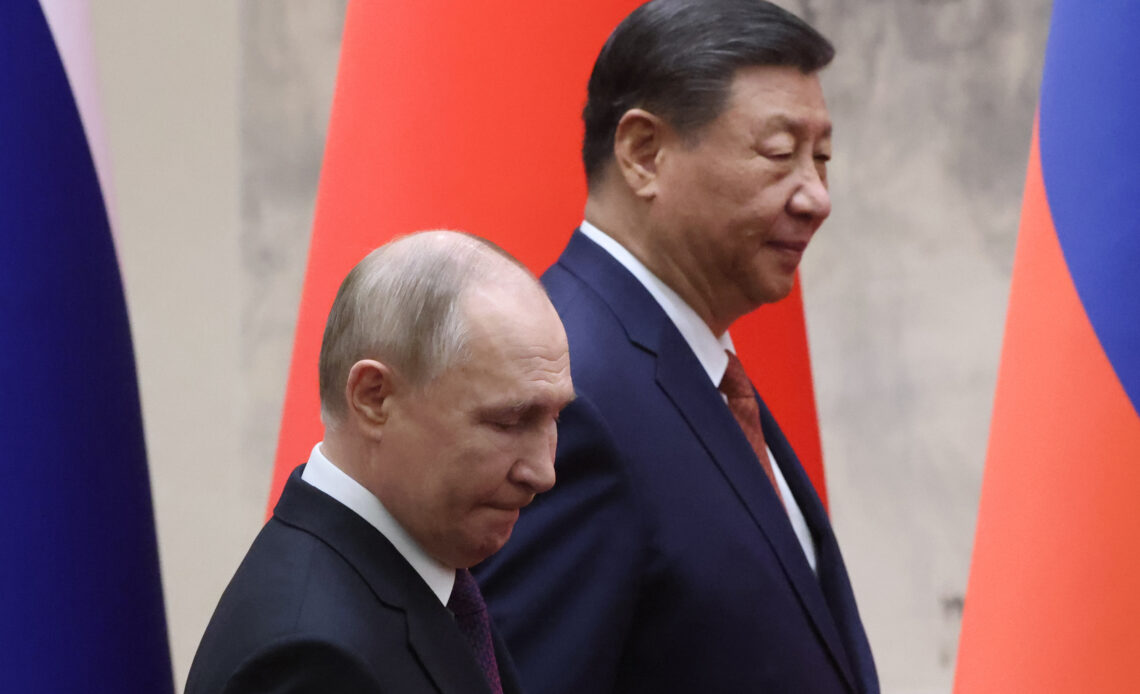In recent years, the concept of “containment” has made a surprising comeback in U.S. foreign policy circles, with strategists proposing a “New Containment” strategy aimed at Russia and China. This idea, modeled after America’s Cold War strategy, seeks to create a cordon sanitaire around these nations, using economic and military measures to limit their influence.
This approach, however, is fundamentally flawed, and risks not only failure but an exacerbation of global tensions. Indeed, as scholars Nicolai N. Petro and Arta Moeini argue, the current trajectory of the Russo-Ukrainian War highlights the dangers of underestimating Russia’s willingness to defend its perceived vital interests, even at great cost to itself.
The original containment strategy, as conceived by George Kennan, was tailored to the unique geopolitical context of the Cold War. It aimed to limit Soviet expansion through a combination of military deterrence and economic incentives, focusing on areas of strategic importance while avoiding direct conflict. Kennan’s approach was nuanced, recognizing the limitations of military power and emphasizing the need for political and ideological engagement.
Today’s proponents of New Containment, by contrast, seem to have misunderstood the original doctrine’s subtleties. They advocate for a blanket strategy that targets both Russia and China simultaneously, without considering the distinct challenges each country presents or the vastly different global context we now inhabit.
Consider the economic realm. New Containment relies heavily on economic isolation as a tool of coercion, as in the case of the recent spate of sanctions deployed against Russia. During the Cold War, elements of this approach made sense: the West enjoyed a near-monopoly on advanced technologies and economic resources, which it used to incentivize allies and deter adversaries.
Today, however, the global economic landscape has changed dramatically. Unlike the Soviet Union, modern Russia and China are deeply integrated into the global economy. China, in particular, has emerged as a manufacturing powerhouse, deeply integrated into global supply chains. A strategy of economic isolation is therefore far less feasible and potentially much more self-damaging for the U.S. This can be seen in current attempts to “re-shore” manufacturing from China: supply chains are being lengthened while retaining the same starting and endpoints. Products are still coming from China, but are either…
Click Here to Read the Full Original Article at Newsweek…

